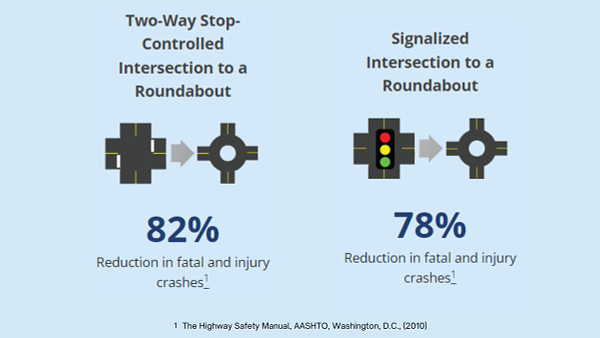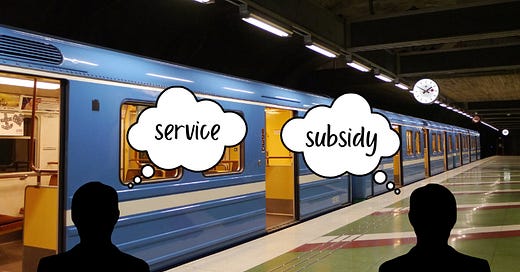Two movies, one screen: why those other people seem so out of touch
Understanding quirks of human beings will help you deliver better public presenations, and spare you needless anxiety.
Scott Adams is the brilliant creator of Dilbert. Even if you didn’t know his name, I’m sure you know his work. Anyone who’s worked in a corporate environment relates to the painfully true comic strip.
What you might now know is that Scott Adams was a trained hypnotist and has written quite a bit over the years about persuasion.
“Two movies playing on one screen” is a concept he introduced in Win Bigly: Persuasion in a World Where Facts Don't Matter. (I highly recommend this book for anyone involved in public engagement and/or local government work.) The observation Adams makes is that two different people can watch the exact same thing at the same time and draw opposite conclusions. Two movies on one screen. This applies to literal video content (e.g. nightly news) or any other form of communication.
We see this in politics during every single election cycle - not just for the presidential race, but every political race.
Two people can walk into a polling booth and read a list of facts. Indisputable facts. And from that list, one voter is positive Team Blue is the best candidate while the other voter is positive Team Red is the best candidate. Data alone does not persuade humans, in part because we hallucinate things being said that aren’t said.
It's well known that the vast majority of Americans vote for their political party no matter what. When voters look at data, they make it fit their pre-made agenda. One team looks at a bad economy and says it needs an increase in tax revenue to thrive. The other team looks at a bad economy and says people need relief from taxes in order to thrive.
The two-movies-one-screen phenomenon is just as prevalent with trivial issues as it is life-and-death issues. Humans are funny that way. Take public safety as an example. Here are a few facts followed by conflicting interpretations.
Facts (the screen):
Traffic violence kills 100 Americans every day, and injuries many more.
Traffic violence is the equivalent of a 9/11 terrorist attack every single month.
Traffic violence is the #1 killer of children in America.
Government agencies operate and maintain the streets that are full of traffic violence.
The traveling public pays for the planning, design, construction, and maintenance of transportation networks that are dangerous by design.
Conflicting interpretations (the movies):
First movie: data clearly shows the solution to traffic safety is increased education among drivers so that they will behave better behind the wheel. The government needs to lower the speed limits, add better signage, and publish a strong advertising campaign against reckless driving.
Second movie: data clearly shows the negligence of government agencies. If a product designed, built, and maintained by Walmart or Amazon had this level of violence, there’d be massive boycotts and protests. A private operator would be accused of gross negligence and driven out of business.
Two movies are playing on one screen. Anyone dealing with local government projects needs to learn to tell persuasive stories, but you also need to understand that not everyone will buy what you’re selling. You have to be okay with that.
Humans are irrational decision makers at the micro level, but we’re at least irrational in patterns that show up at the macro level.
You can use this type of pattern recognition when you’re creating your stories about infrastructure.
The board of education has an agenda to provide safe and accessible schools.
The chamber of commerce has an agenda to promote a vibrant business district.
The average person wants to get to their destination as quickly as possible.
Urbanists beware.
You’ll probably experience a Matrix-type of reveal if you hadn’t already heard of the concept. Take a look through the comments on this recent tweet to see multiple interpretations of my original post.


This is important to remember when you’re presenting anything that’s designed to persuade: zoning reform, bike share, parking minimums, or traffic calming. Realizing that will save you needless anxiety.
Don’t be discouraged, but know that there is always a group of people who will misunderstand, misrepresent, or misinterpret a message you present. Keep pushing for walk-friendly, bike-friendly, human-scale design. And don’t hesitate to use the mute or block features for online knuckleheads. For the offline encounters…that’s a different post.






The point is, individually, and collectively, we are not all the same.
Those who choose to live in an urban environment, make the trade of some freedom for the mental convenience of uniformity and repetitive patterns.
This who choose a more rural life see the other movie.
The conflict happens when one faction dictates what the other faction should do and choose based on their own preferences. Which is why less, is often more.